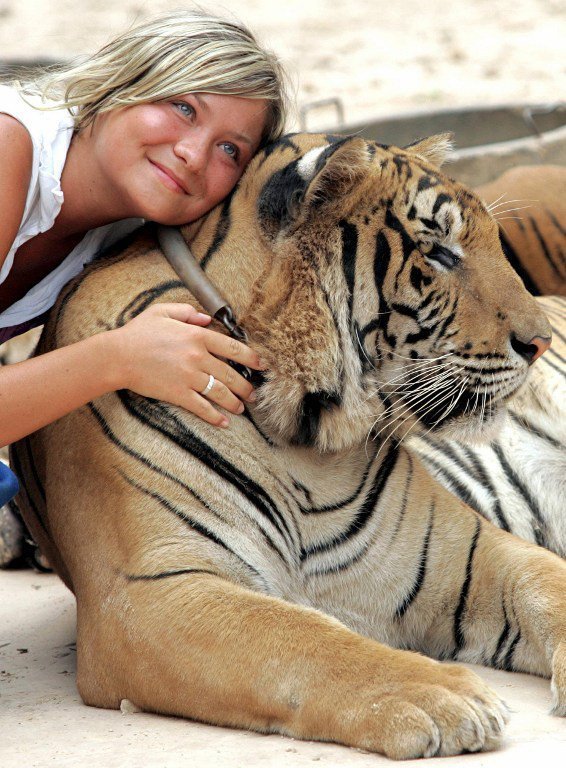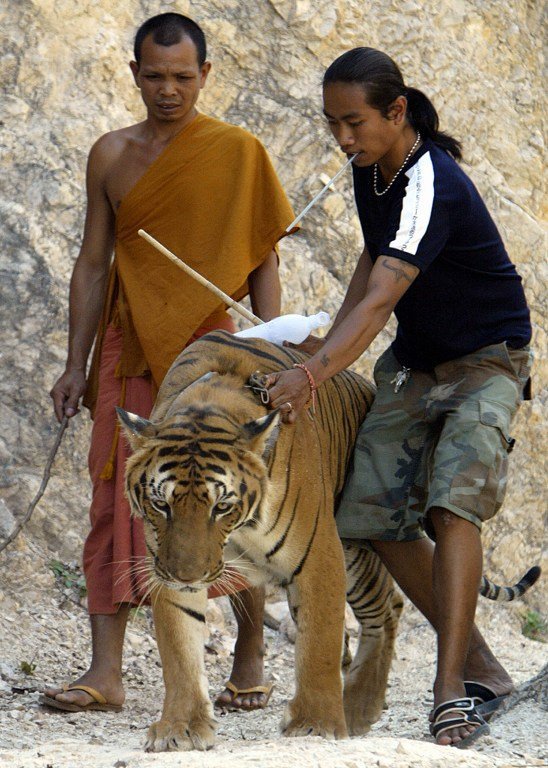“The tiger you once took a selfie with one day could end up dead and smuggled across the border the next.”
With these chilling words, Sharon Guynup of the National Geographic Channel exposes the truth of the big cats of Thailand’s Tiger Temple.

According to National Geographic, “The Tiger Temple draws in an estimated three million dollars a year and currently houses 147 tigers, a big draw for visitors who feed, walk and take selfies with the captive animals for a hefty fee.“
However, a video investigation done by National Geographic shows how the staff of the temple were involved in trafficking tigers illegally.
The Buddhist monastery has been smuggling tigers to farms in the Laos since 2004 under the guidance of its leader Abbot Phra Acham Phoosit (Chan) Kanthithar.

In an internal letter it was said that the Thai authorities will relocate the tigers to its own wildlife facilities with the help of Royal Thai Police who will take over the investigation within the next few weeks.
“The impact of illegal trading from a captive facility like the Tiger Temple extends far beyond the lives and welfare of these 147 tigers. Captive tigers leaked into the illegal trade from any source feed a growing demand for luxury tiger products, including tiger skins and tiger bone wine. That demand places the lives of every one of the world’s last 3,200 wild tigers in danger,” Guynup explained in a letter to National Geographic Traveller India.
As tiger expert Judy Mills notes at the end of our video, “This is not just about a single Buddhist temple in Thailand. This is about the fate of wild tigers.”
(Feature image source: AFP)

















